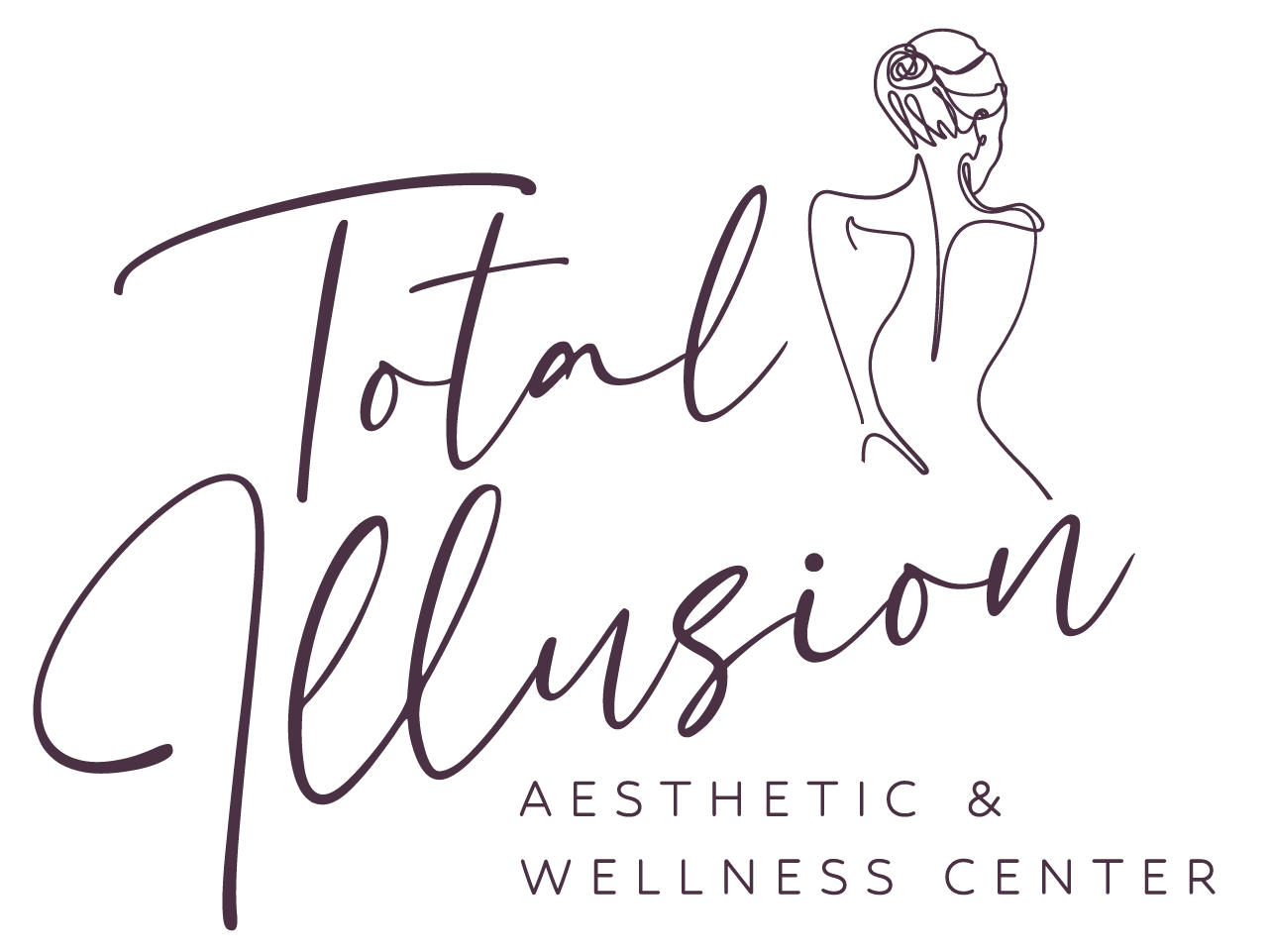Hidden Hazards: Dangerous Ingredients in Skincare Products
In the quest for flawless skin, we often entrust our hopes, and faces, to an array of skincare products. However, lurking beneath the surface of promising labels like "radiant," "rejuvenating," and "natural" are ingredients that may do more harm than good. Understanding the potential dangers hidden in our skincare products is crucial for making informed choices. Here's a look at some of the most concerning ingredients found in skincare products, why they're used, and the risks they pose.
Parabens (Methyl, Butyl, Ethyl, Propyl)
Why Used: Parabens are widely used as preservatives to prevent the growth of bacteria, mold, and yeast in cosmetic products.
Risks: Linked to hormonal imbalances, parabens can mimic estrogen, potentially increasing the risk of breast cancer. They've been found in breast tumor tissues, suggesting a possible association with cancer's growth and development.
Synthetic Fragrances
Why Used: Synthetic fragrances are added to skincare products to create appealing scents.
Risks: These fragrances can contain hundreds of chemical compounds, including phthalates, which are linked to allergies, dermatitis, respiratory distress, and potential effects on the reproductive system.
Formaldehyde-Releasing Preservatives
Why Used: Ingredients like DMDM hydantoin, diazolidinyl urea, and quaternium-15 slowly release formaldehyde to help prevent microbes from growing in water-based products.
Risks: Formaldehyde is a known human carcinogen that can also trigger skin irritation and allergic reactions.
Sodium Lauryl Sulfate (SLS) / Sodium Laureth Sulfate (SLES)
Why Used: These ingredients are used in foaming products, such as cleansers and shampoos, to create a lather.
Risks: SLS and SLES can cause skin irritation and lead to problems like dermatitis. Moreover, SLES can sometimes be contaminated with 1,4-dioxane, a substance that may be carcinogenic.
Phthalates
Why Used: Phthalates are used to increase the flexibility and softness of plastics, and they're found in various skincare products to enhance the performance of other ingredients.
Risks: Linked to endocrine disruption, reproductive and developmental toxicity, phthalates pose significant health risks, especially to pregnant women and young children.
Triclosan
Why Used: Triclosan is an antimicrobial agent found in a wide range of products, including soaps, deodorants, and toothpastes.
Risks: It can contribute to making bacteria antibiotic-resistant. Additionally, triclosan is suspected of disrupting thyroid function and other hormonal systems.
Oxybenzone
Why Used: Commonly found in sunscreens, oxybenzone absorbs UV light, protecting the skin from sun damage.
Risks: It's associated with allergic reactions and is a potential endocrine disruptor, which may interfere with hormone levels and lead to reproductive issues.
Making Safer Choices
To protect your skin and overall health, here are a few tips for making safer skincare choices:
Read Labels Carefully: Familiarize yourself with harmful ingredients and check product labels before purchasing.
Choose Products Wisely: Opt for products with fewer and more natural ingredients. Look for certifications that indicate safer formulations.
Patch Test New Products: Before using a product extensively, perform a patch test to see how your skin reacts.
Consult Professionals: When in doubt, consult with a professional who can offer personalized advice based on your skin type and health concerns.
The journey to healthy skin doesn't have to be a hazardous one. Try our exclusive line of EakinMD dermaceuticals! By staying informed and vigilant about the ingredients in your skincare products, you can enjoy a radiant complexion without compromising your health.


